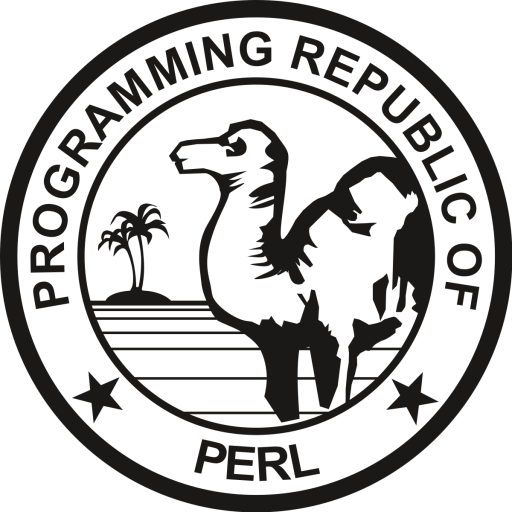Variables are the reserved memory locations used to store and manipulate data throughout the program. When a variable is created, it occupies memory space. Perl provides three types of variables, scalars, lists, and hashes. They are used to manipulate the corresponding data types, including scalars, lists, and hashes.
Variables
| Variables |
Explanation |
| $var |
Default variable |
| $var[10] |
11st element of array @var |
| $p = \@var |
Now $p is a reference to @var |
| $$p[10] |
11st element of array referenced by $p |
| $var[-1] |
Last element of array @var |
| $var[$x][$y] |
$y-th element of $x-th element of array @var |
| $var{’JAN’} |
A value from ‘hash’ %var |
| $p = \%var |
Now $p is a reference to hash %var |
| $$p{’JAN’} |
A value from hash referenced by $p |
| $#var |
Last index of array @var |
| @var |
The entire array |
| %var |
The entire hash |
Special Variables
| Variables |
Explanation |
| $ |
Default variable |
| $/ |
The input record separator, newline by default. |
| $\ |
The output record separator for the print operator. |
| $( |
The real GID (Group ID) of this process. |
| $) |
The effective GID (Group ID) of this process. |
| $& |
The last successful pattern match matches the string. |
| $< |
The real user ID of this process. |
| $> |
The effective user ID of this process. |
| $( |
The actual group ID of this process. |
| $) |
The influential group ID and groups of this process. |
| $~ |
The name of the current report format for the currently selected output channel. |
| $^ |
The name of the current top-of-page format for the currently selected output channel. |
| $^A |
The current value of the write() accumulator for format() lines. |
| $^L |
What formats output as a form feed. The default is \f. |
| $^T |
The time at which the program began running, in seconds since the epoch (beginning of 1970). |
| $^X |
The name used to execute the current copy of Perl. |
| $! |
Each element of %! has a true value only if $! is set to that value – %ERRNO. |
| $@ |
The Perl error from the last eval operator, i.e. the last exception that was caught. |
| $? |
The status returned by the last pipe close, backtick (“ ) command, successful call to wait() or waitpid(), or from the system() operator. |
| $. |
The current line number for the last filehandle accessed. |
| $% |
The current page number of the currently selected output channel. |
| $= |
The current page length (printable lines) of the currently selected output channel. The default is 60. |
| $- |
The number of lines left on the page of the currently selected output channel. |
| $| |
If set to nonzero, forces a flush right away and after every write or print on the currently selected output channel. |
| $0 |
Contains the name of the program being executed. |
| $+ |
The text matched by the highest used capture group of the last successful search pattern. |
HTML
 dot Net
dot Net
 C
C
 C++
C++
 Assembly Language
Assembly Language
Java
Lua
Objective-C
php
Python
SQL
 django
django
 CSS
CSS
 VIM
VIM
PHP Storm
Drupal
Wordpress
Git
Linux
 htaccess
htaccess
Laravel
Vue.Js
 Node.Js
Node.Js
 cakephp
cakephp
 Dart
Dart
 Javascript
Javascript
React
ReactNative
Jquery
 Visual Studio Code
Visual Studio Code
Shopify
Angular Js
Codeigniter
Woocommerce
 Sublimetext
Sublimetext
 Pycharm
Pycharm
 Atom
Atom
 Ruby
Ruby
 Joomla
Joomla
 TCP
TCP
Netbeans
Magento
 Perl
Perl
 Asp.net
Asp.net
 Arduino
Arduino
Notepad ++
 WebStorm
WebStorm


